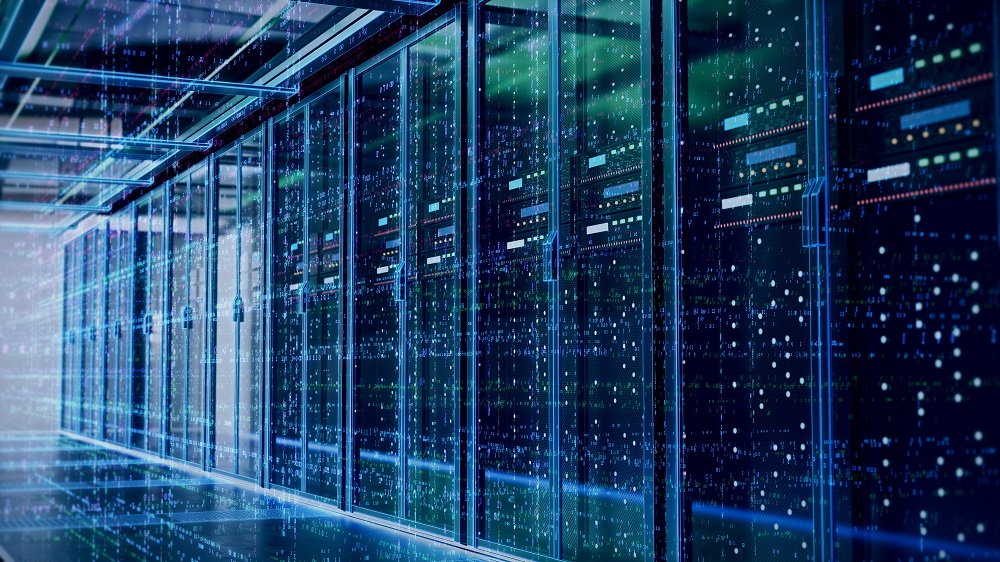Cyber Security is a term used to define every technology, process, and practice designed to protect networks, devices, and data from any kind of cyberattacks. It protects your devices and network from unauthorized access or modification.
Since in this tech-savvy world, where folks utilize the internet to advertise and marketing purposes. It is also the place where customers carry out financial transactions. This place of the internet has become a boon or bane both, since these digital transactions are aimed at money extortion, deleting sensitive information, and interrupting normal business operations.
Why is it important for every business?
With the evolution of new business tactics, cyber threats have crippled many organizations and forced them to shut down their operations. Since then, cybersecurity has taken the spotlight among organizations of all sizes.
As the facts say, in the upcoming years there will be even more advanced cyber-attacks. No matter the level of technical knowledge required, cyber-attacks can be easily initiated by anyone. Hence every organization of any size is implementing measures to protect their business in the future. A proper cybersecurity plan must be placed to prevent cyber-attacks from causing any damage.
Basic Cybersecurity Measures
A successful cybersecurity approach has to be undertaken so that the networks, programs, or data can be kept safe. In before cybersecurity, businesses must undertake these measures such as:
- Users must understand it is most important to keep strong passwords, and being wary of attachments in email.
- Every business must have a simple framework for understanding the measures to keep it safe from attempted and successful cyber-attacks. One such framework can easily help you identify attacks, detect and respond to threats, and recover from successful attacks.
- Technology is offering every security tool to protect themselves from cyber-attacks. Some of these include endpoint devices such as computers, smart devices, routers, networks, and the cloud.
To keep protected against cyber-attacks, every business must understand the importance of cybersecurity and strengthen open source tools to keep the internet safe for everyone.



